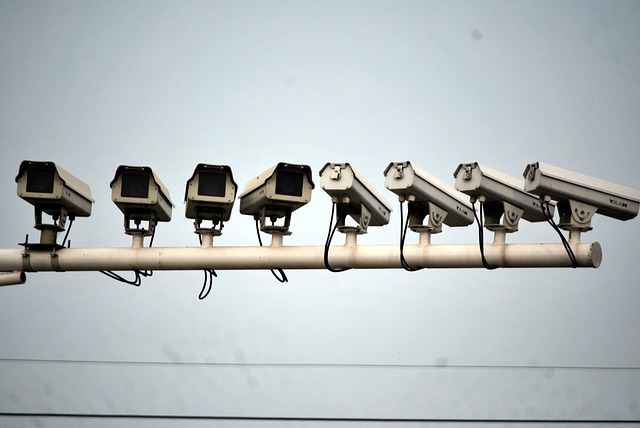Aggregated News

In July 2009, deadly riots broke out in Urumqi, the capital of Xinjiang, China. Nearly 200 people died, the majority ethnic Han Chinese, and thousands of Chinese troops were brought in to quell the riots. An information battle soon followed, as mobile phone and internet service was cut off in the entire province. For the next 10 months, web access would be almost nonexistent in Xinjiang, a vast region larger than Texas with a population of more than 20 million. It was one of the most widespread, longest internet shutdowns ever.
That event, which followed similar unrest in neighboring Chinese-ruled Tibet in 2008, was the sign of a new phase in the Chinese state's quest to control its restive outer regions. The 2009 shutdown was the first large-scale sign of a shift in tactics: the use of technology to control information.
"Xinjiang has gotten little attention, but this is where we're really seeing the coming together of multiple streams of technology [for surveillance] that just hasn't happened in other contexts before," said Steven Feldstein, fellow in the Democracy...



